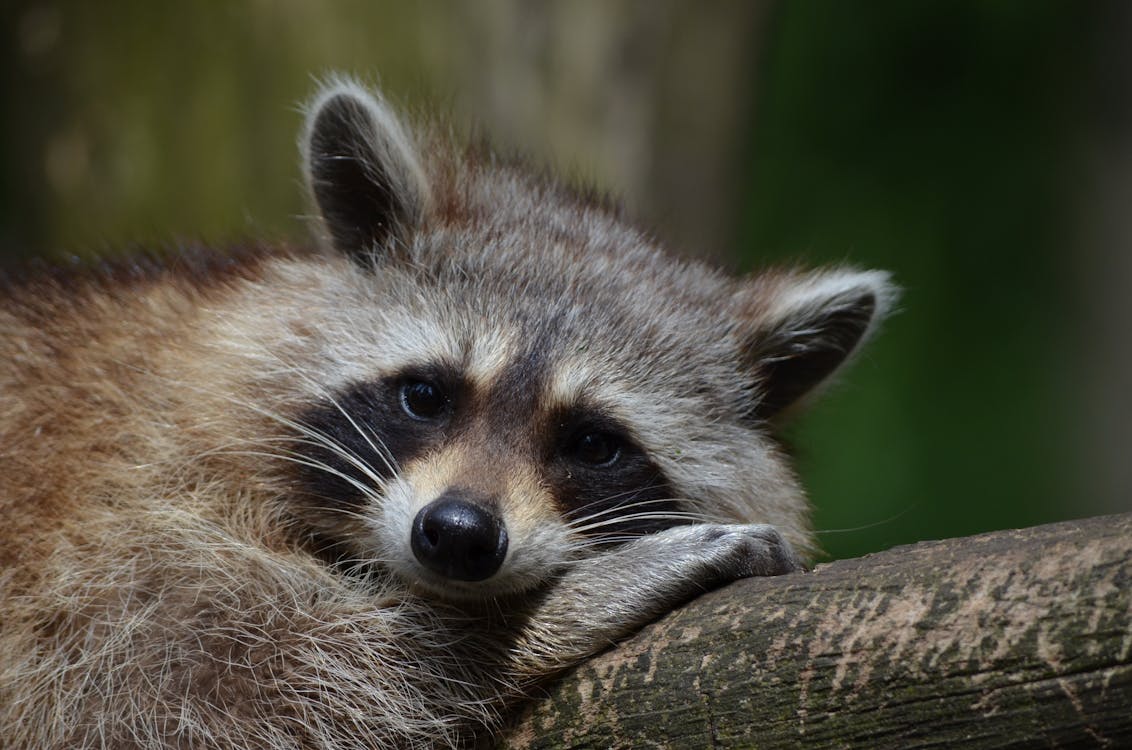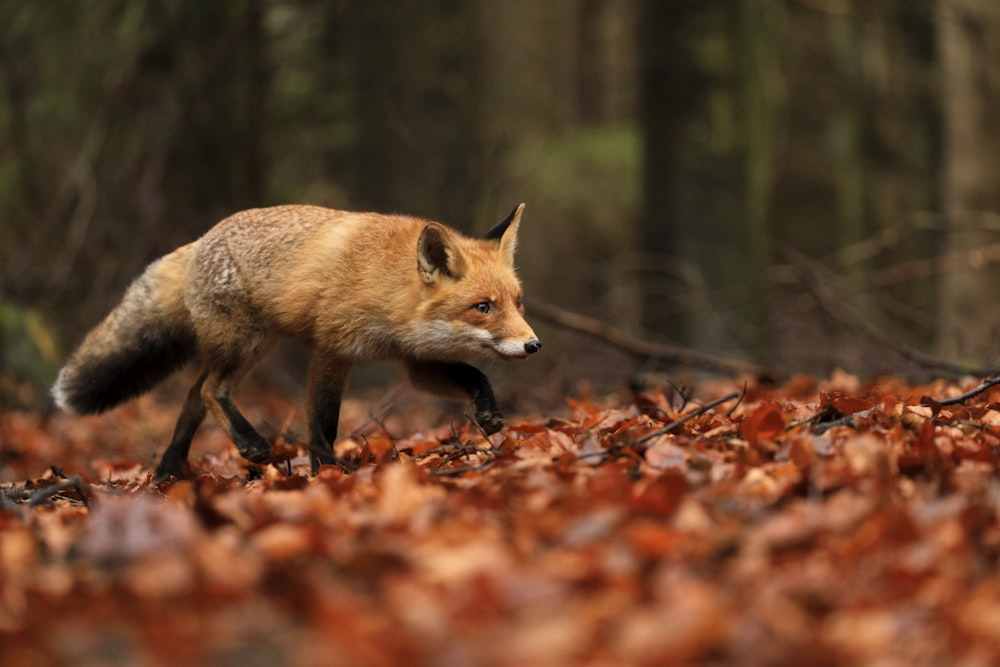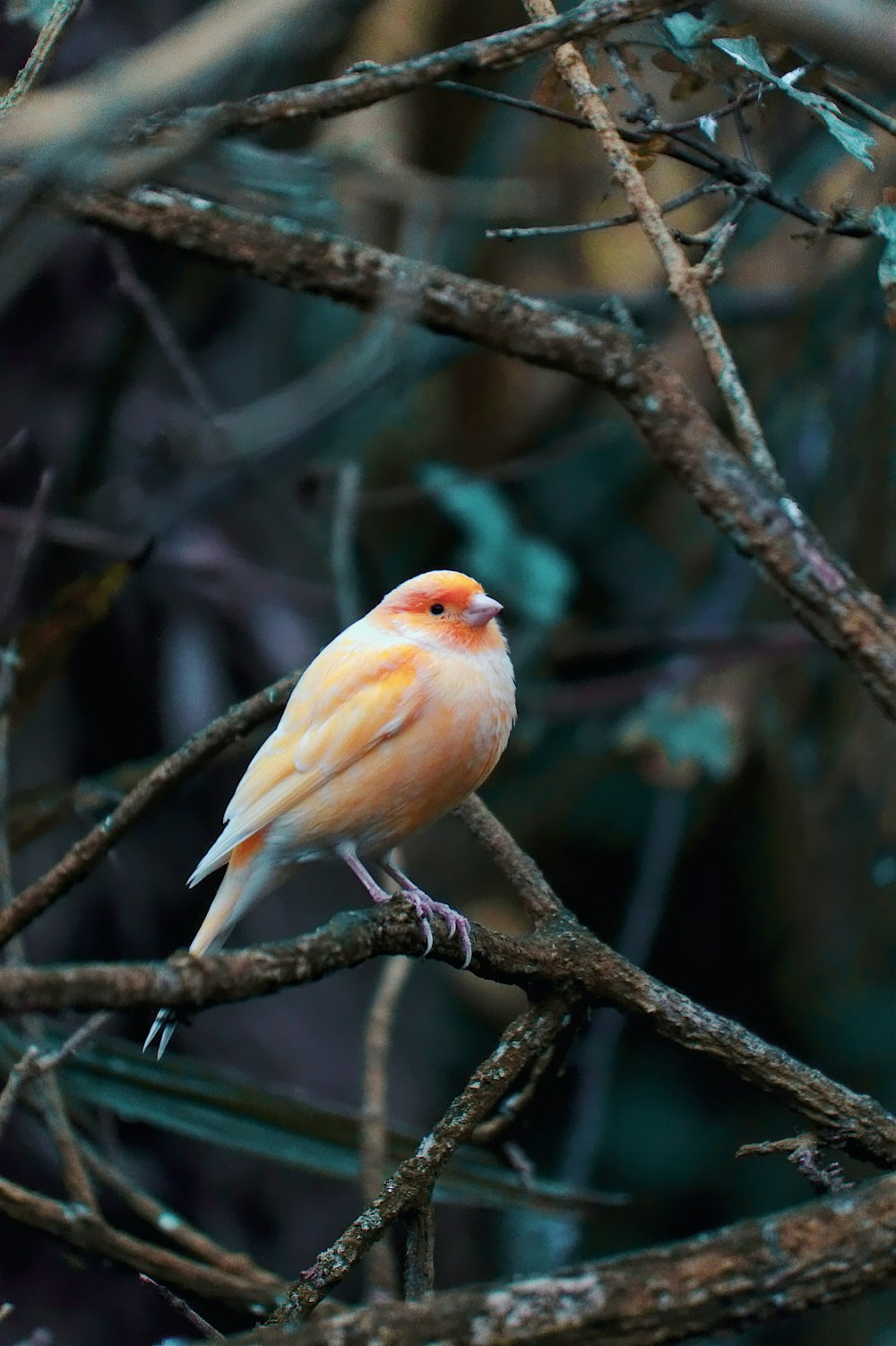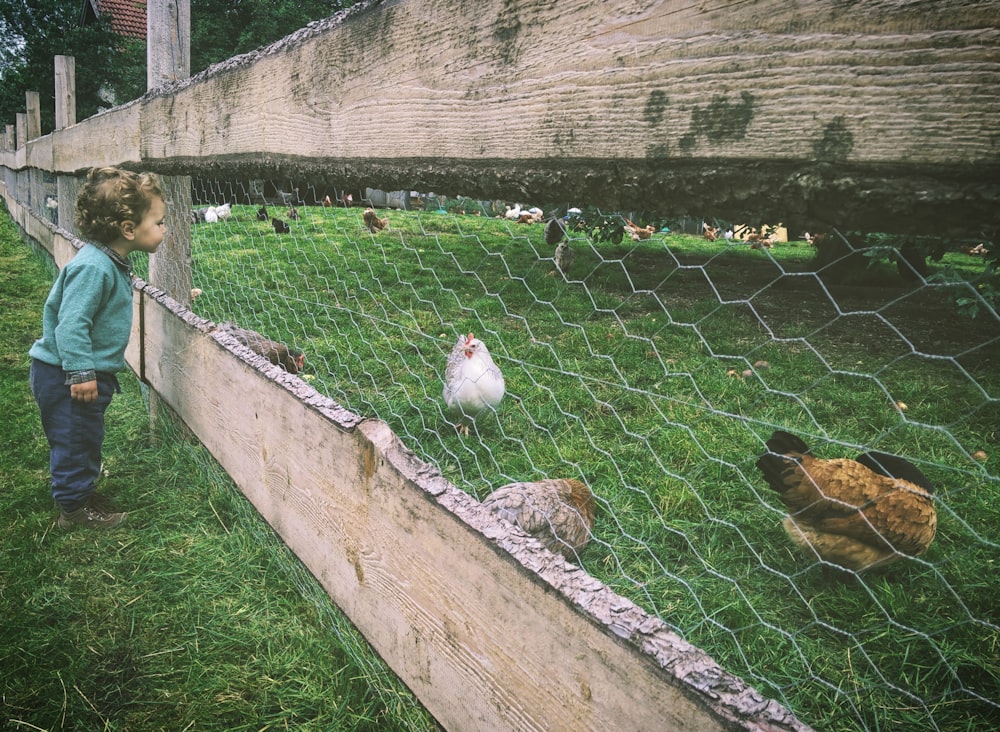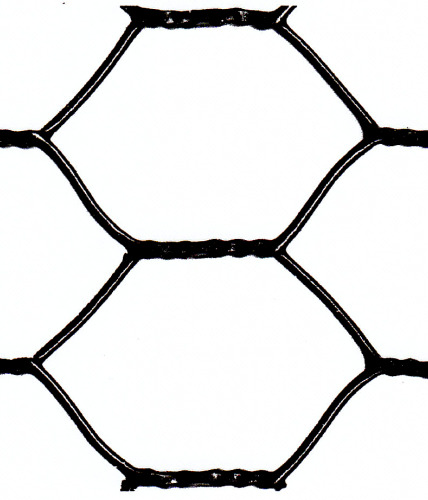Uncomplicated, Effective
A video to inspire you to make your own homemade lighting display.
Planning some projects as the holidays approach? Thinking about what type of fence or mesh to use?
Cages - for rabbits and other small animals
Holiday Decorations
- 16 gauge, 1/2" x 1" mesh - use Galvanized After Weld (GAW) for the bottom of cages
- 14 gauge, 1" x 2" mesh - use Galvanized Before Weld (GBW) for the top and sides of cages.
Deer Exclusion Barriers
Bird Cages
J Clip Pliers and Clips
- 1-1/2" x 1-1/2" mesh
- Heavy 12.5 gauge GAW core wire
- Thick black or green PVC coating
- 36" and 48" x 25' rolls are available (green only)
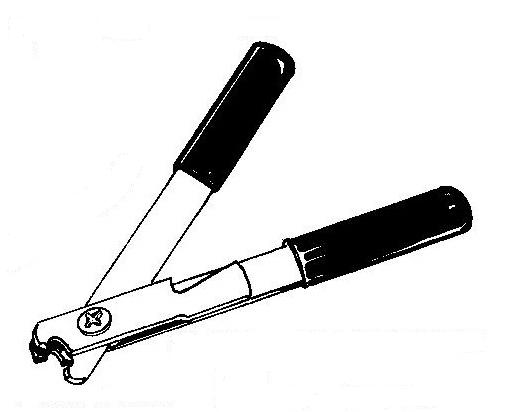-resized-600.jpg?width=71&height=58&name=j_clip_plier_(2)-resized-600.jpg)
- Excellent tool and fastener for building cages and other projects
- Connects and secures pieces of mesh
Of course, these items can be used year round as well.
Can you think of additional items?
Are there more uses for the products listed here?






